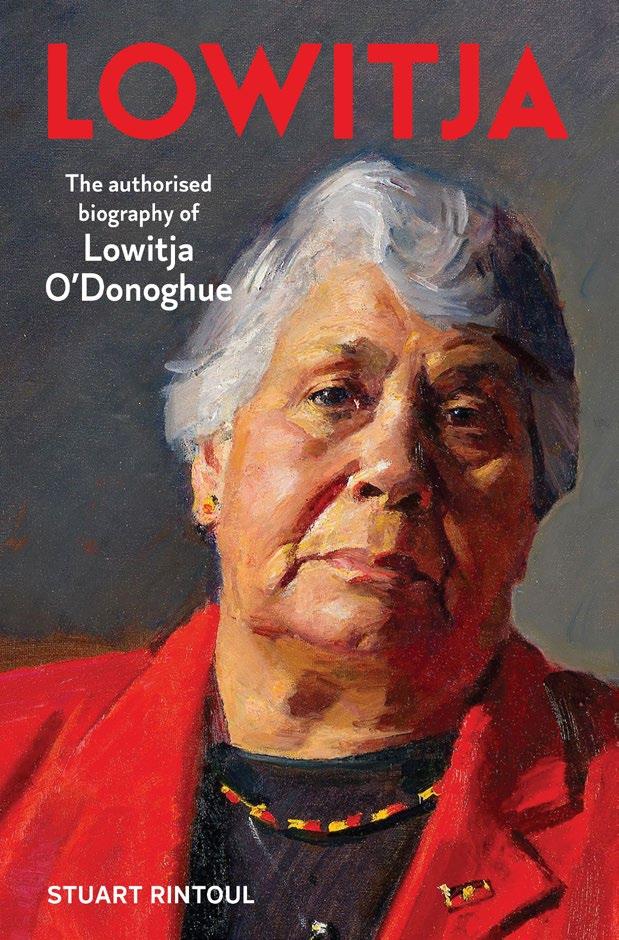The search for Digger Bennett’s grave Where lies the body of WWI Aboriginal Digger George Bennett, Australian Imperial Force no. 4243? Like so many Diggers, George paid a heavy price with bad health after fighting on the Western Front. He had proudly worn the AIF uniform, yet died ignominiously in a Mungindi police cell on 24 September 1950, a day after being arrested for drunkenness. In his report of the death, the town’s sergeant noted that George had been “badly gassed” in the war and that he had been “spitting phlegm” before dying in the cell. An autopsy found the cause of death was cardiac thrombosis. George was buried in Mungindi cemetery. He had enlisted at Armidale in April 1916, one of more than 1,000 Aborigines to serve with the AIF during WWI. He saw action in France with the 29th Battalion AIF before being reassigned to the 32nd Battalion, witnessing the horrors of Bullecourt, Ypres and Passchendaele in 1917. He took part in the advance that followed the battle of Amiens, and was gassed as the Germans fought desperately to hold their positions near Mont Saint-Quentin. Released from hospital at war’s end, George was admonished for being drunk in London. He was not alone. White or black, there were few more egalitarian ways to blur the pain of war memories than getting drunk. On his return to the Aboriginal reserve, Euraba, near Boomi in northern NSW, George and his mate Charlie Bird were honoured with a Welcome Home ceremony. One of those who sang what a local newspaper described as “a very nice patriotic song” was his daughter, Grace. Newly married to Don Waters, Grace was the mother of Warrant Officer Len Waters, the first – and only – Aborigine to become a WW2 fighter pilot. Flying the Kittyhawk Black Magic in 78 Squadron RAAF, Len flew 41 strike missions against the Japanese. Len’s brother, Kevin Waters, 92 and George Bennett’s only surviving grandson who lives in St George, Qld, attended his burial, but can’t remember the plot’s location. Kevin Hobday, a retired ambulance officer who has lived in north-west NSW for many years, became involved in the search for George’s grave through Mungindi Elder Barney McGrady. Despite extensive searches, no burial record has been found. Kevin obtained records showing 12 burials in the cemetery in 1950, with headstones for seven, which means one of the unmarked five must belong to George Bennett. “It’s time for greater recognition of these local Indigenous servicemen,” Kevin Hobday said, adding that 47 Kamilaroi men are known to have served in both world wars. Kevin Waters said: “It would be a great relief to me as the eldest left in the family if the grave could be identified and a headstone placed on it, or failing that, a memorial erected there for all the Kamilaroi men who served.”
PETER REES CLOCKWISE, FROM TOP: Warrant Officer Len Waters, Len Waters in later life in front of a painting of his Kittyhawk, ‘Black Magic’, Len Waters in his cockpit, Len Waters’ Kittyhawk ‘Black Magic’.
Peter Rees is the author of the book, The Missing Man: From the outback to Tarakan, the powerful story of Len Waters, Australia’s first Aboriginal fighter pilot.












